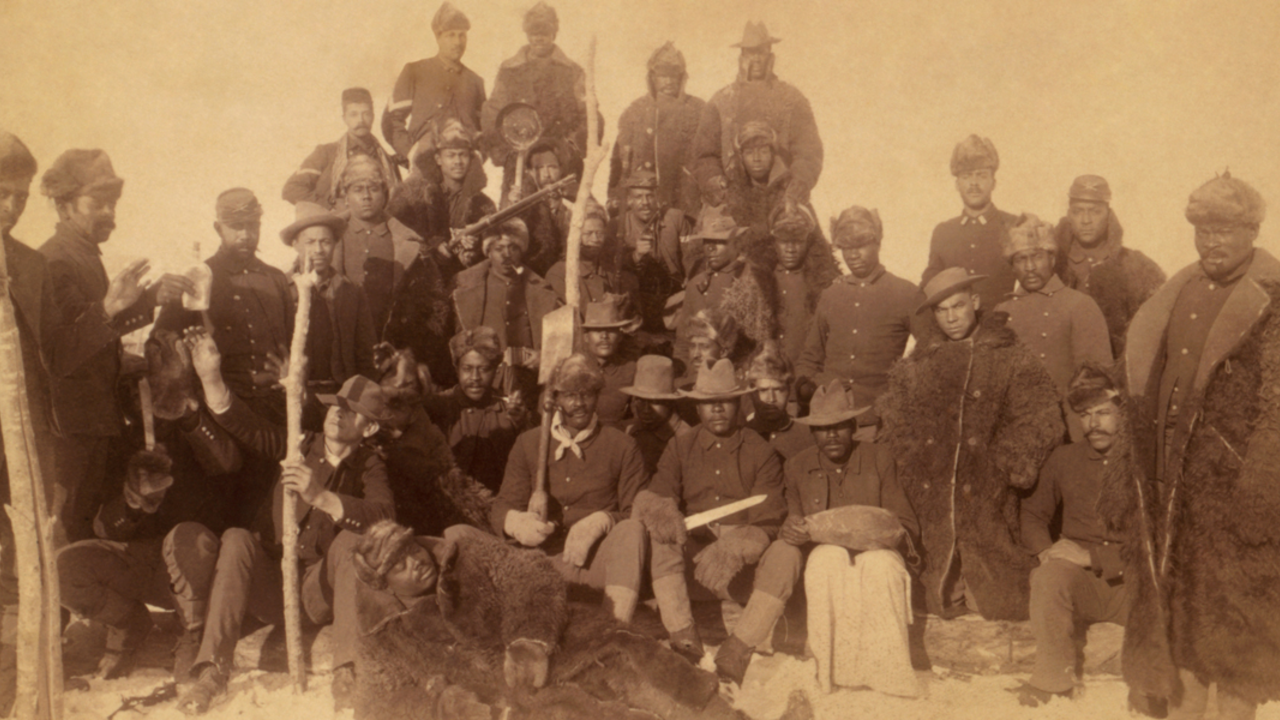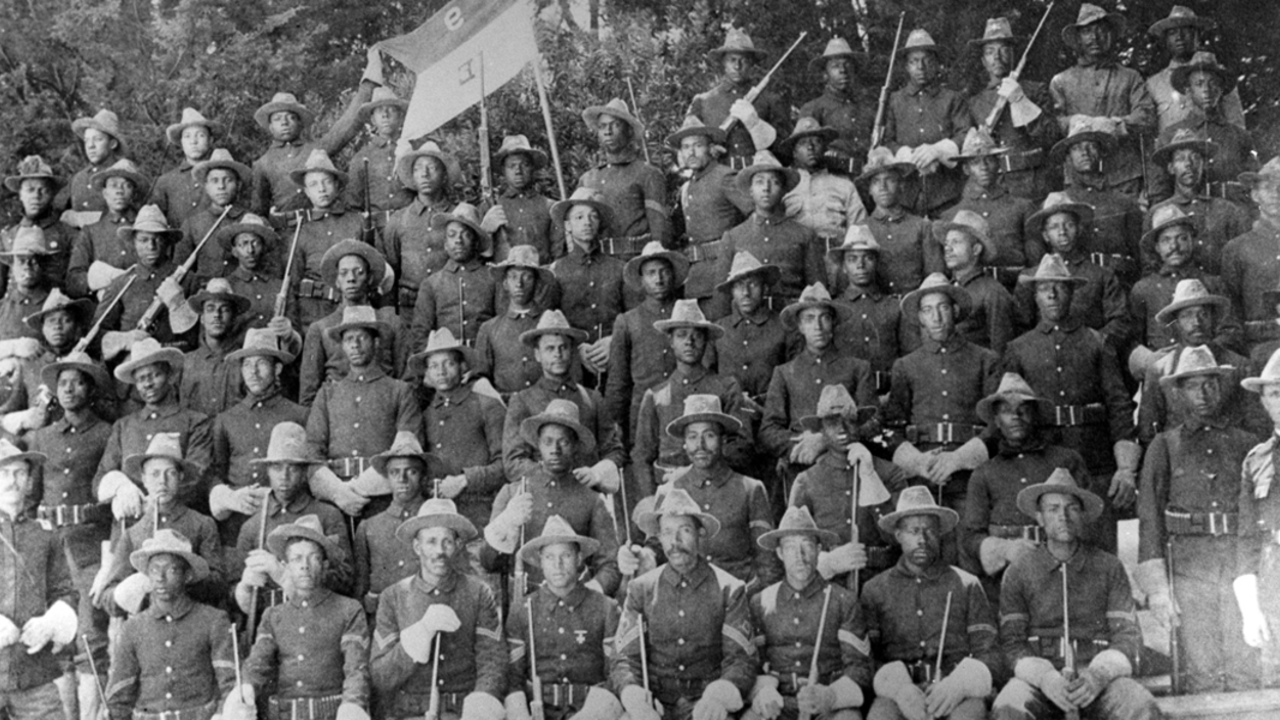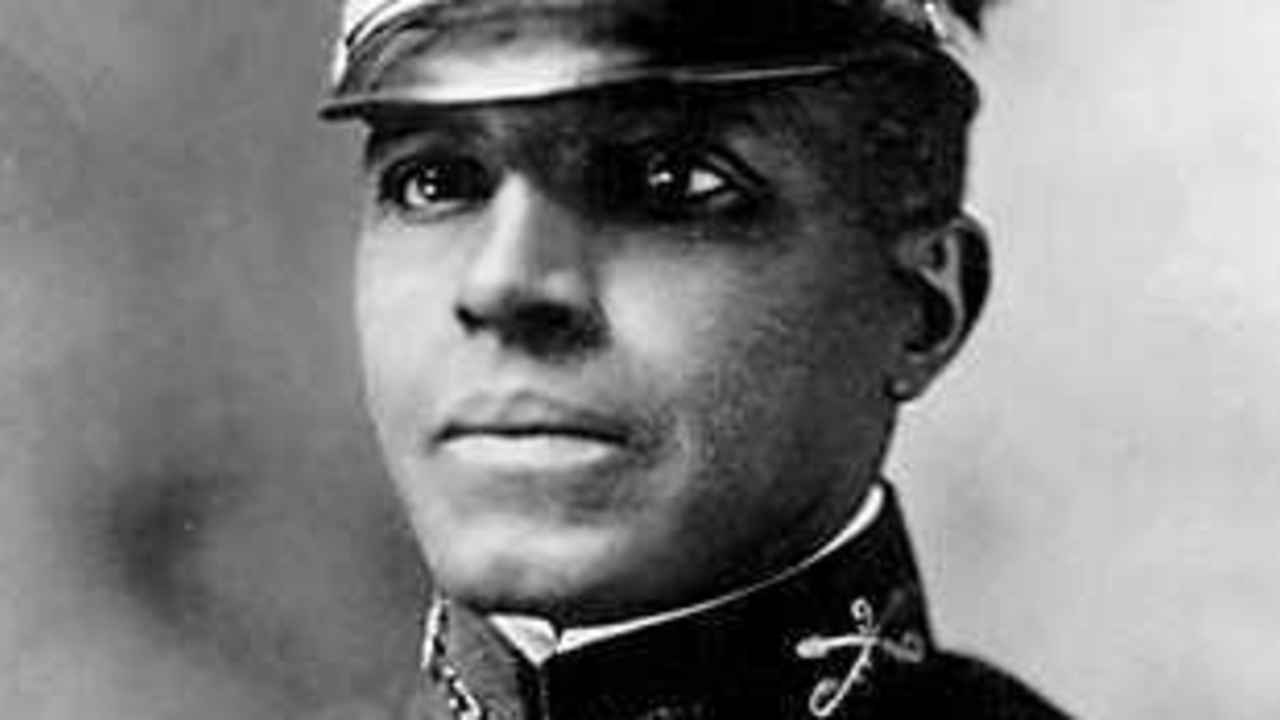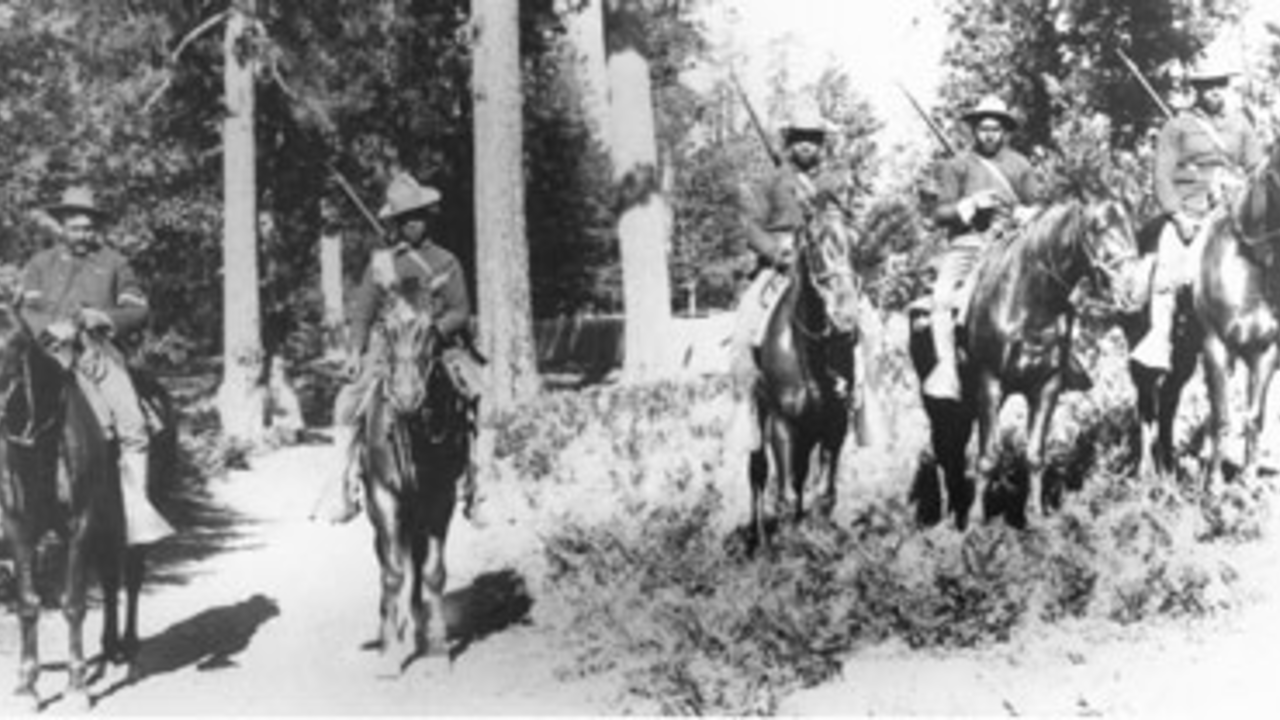Buffalo Soldiers: The First African American 'Park Rangers'

Parks Conservancy Archives
In 1903, when President Teddy Roosevelt came to San Francisco, he personally asked the now-legendary Buffalo Soldiers to serve as his security detail around the city. Some historians speculate that he did so to honor these African American soldiers, whose military prowess enabled his Rough Riders to make their heroic charge up San Juan Hill in the Spanish American War (and land Roosevelt in the spotlight and on a path to the Presidency).
But, regardless of motive, this marked the first time a President had asked an African American unit to serve as his Escort of Honor, according to Rik Penn, an interpretive ranger with Golden Gate National Recreation Area.

In 2016, in celebration of the 150th anniversary of the formation of the Buffalo Soldiers (as well as the Centennial of the National Park Service), it’s a good time to look back on how their history intersects with the story of our national parks—including the Presidio.
Originally formed in 1866, the “Buffalo Soldiers” moniker came to refer to the soldiers in four all-black U.S. Army units: the 9th Cavalry Regiment, the 10th Cavalry Regiment, the 24th Infantry Regiment, and the 25th Infantry Regiment. They were given the sobriquet by Native Americans against whom the black soldiers fought during the so-called Indian Wars; it was said that their curly black hair was reminiscent of a buffalo’s coat (as bison are revered in Native American cultures, this was considered a term of respect).
In subsequent years, these fierce Buffalo Soldiers were deployed to Cuba during the Spanish-American War, to the Pacific in the Philippine-American War, and to the Mexican front during the Pancho Villa expedition. At various times, all four units came through the Army’s Presidio of San Francisco—but only soldiers of the 9th Cavalry and 24th Infantry were actually garrisoned at the Presidio. In fact, the men of the 9th lived in the barracks on the Main Post (the red-brick buildings that still stand today, along Montgomery Street).

During their time in San Francisco, troops of the 9th and 24th played a seminal role in the history of our parklands. Beginning in 1899 and again in 1903–04, black soldiers patrolled Yosemite National Park, Sequoia National Park, and General Grant (Kings Canyon) National Park. Because the National Park Service wasn’t established until 1916, it might be said that the Buffalo Soldiers were some of the very first park rangers (even the iconic “Smokey Bear” hat is modeled on the headwear of troops at the time).
The contributions and valor of the African American units were recognized by many military men; General John J. Pershing, who lived on the Presidio with his family, held the Buffalo Soldiers in such high regard he was given the nickname “Black Jack.”
Nevertheless, the black soldiers faced rampant racism and discrimination in turn-of-the-century American society; Ranger Penn notes that brawls between black and white soldiers in the saloons and streetcars of San Francisco were not uncommon. In the face of such racial prejudice, it’s even more remarkable that the Buffalo Soldiers served their country so bravely and selflessly.
“They were always stuck between the proverbial rock and a hard place because they were asked to be good soldiers and to help the U.S. spread democracy, liberty, and equality to people in the Philippines and Puerto Rico,” Penn explains.

“And yet they knew that their own parents were not afforded the full-class citizenship that they deserved. And there was—in many cases—very little democracy or liberty or equality for African Americans in their own country. So, doing the job that they did—while always facing this moral dilemma—is a testament to their integrity and sense of self.”
Today, you can pay your respects to these remarkable men right here in the Presidio. More than 400 Buffalo Soldiers are buried at San Francisco National Cemetery.
To mark the sesquicentennial of the formation of the Buffalo Soldiers, national parks and nonprofit organizations across America are holding celebrations throughout the year. Closer to home, the National Park Service, the Buffalo Soldiers Motorcycle Club, and other groups are organizing a commemorative trip from the Presidio to Yosemite, tracing the footsteps of the Buffalo Soldiers.
